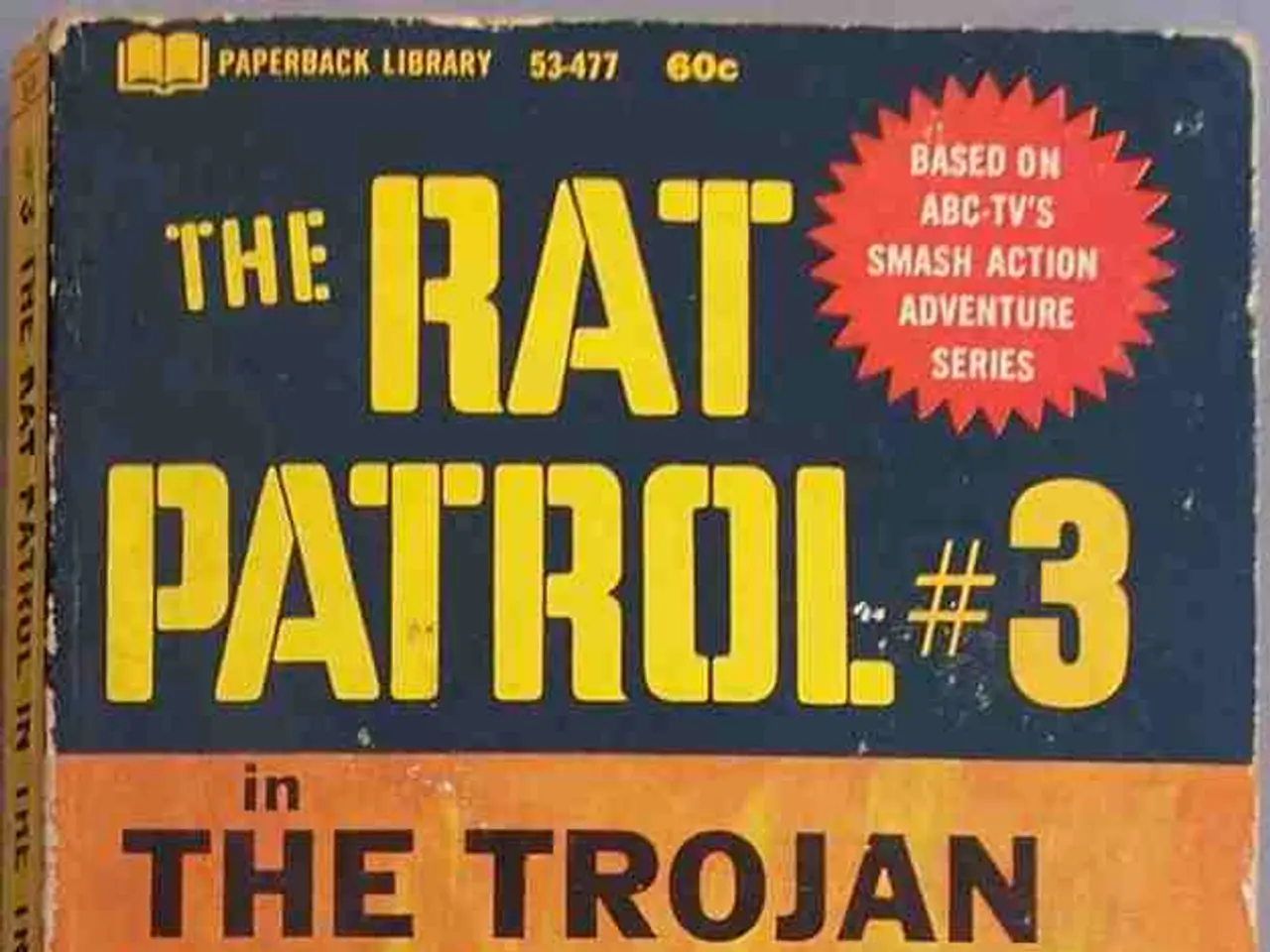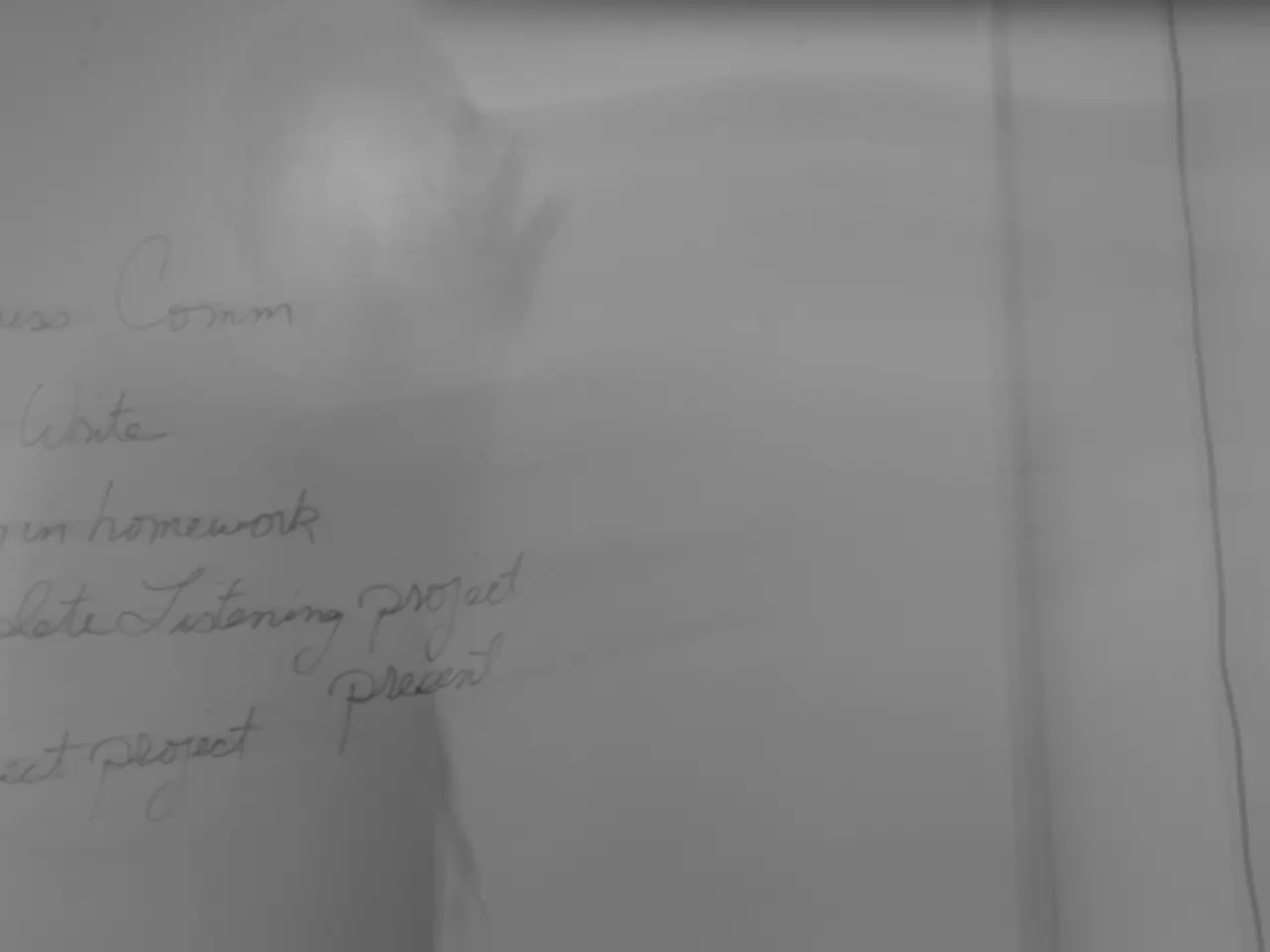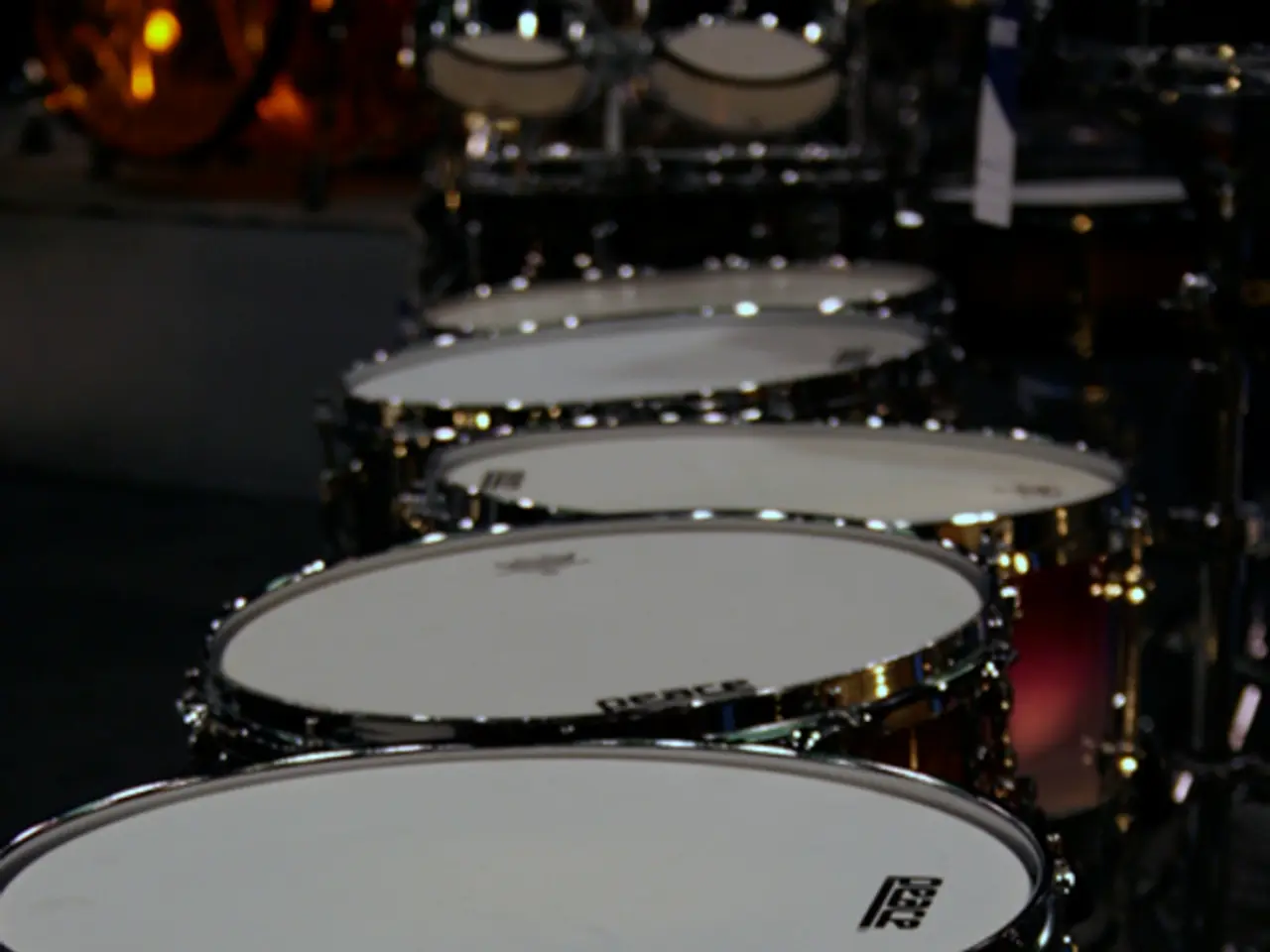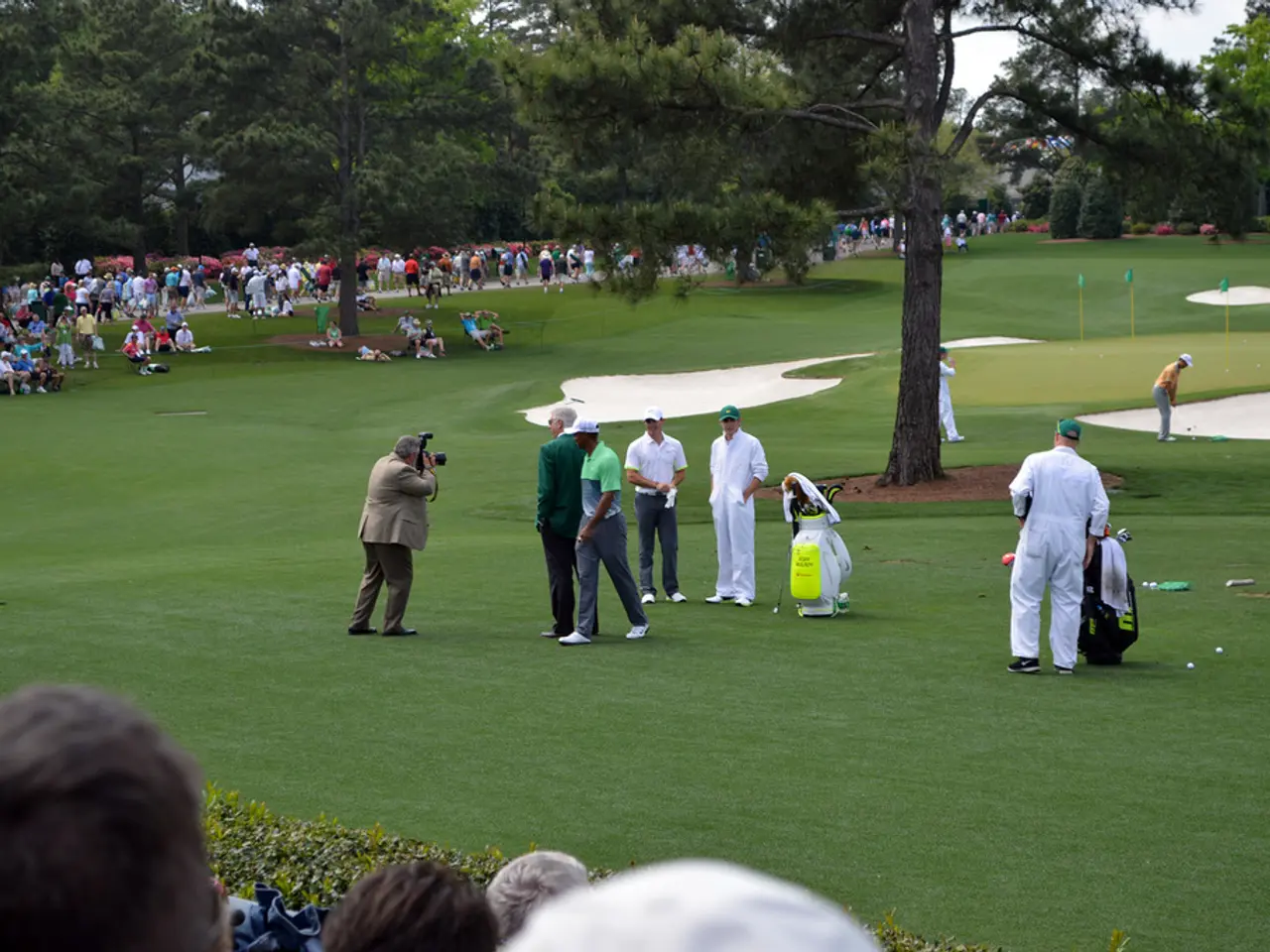Nuclear submarine deployment by Trump sparks concerns in light of Medvedev's reaction.
In a recent turn of events, the US Navy has deployed two of its ballistic missile submarines closer to Russian territory, a move prompted by statements made by Dmitry Medvedev, Deputy Chairman of the Security Council of the Russian Federation. This decision comes amidst a tense geopolitical landscape, where nuclear rhetoric has been on the rise.
The US Navy operates a fleet of 14 Ohio-class ballistic missile submarines, with eight based at Naval Base Kitsap in Washington State and six at Kings Bay in Georgia. Each of these submarines can carry up to 24 Trident II D5 missiles, equipped with multiple independently targetable reentry vehicles (MIRV) and capable of carrying up to eight nuclear warheads each. On average, an Ohio-class SSBN carries around four to five warheads, which means approximately 90 warheads per submarine.
The deployment of these submarines could potentially reduce the flight time for a ballistic missile to reach its target, raising concerns about the escalation of nuclear tensions. However, it's important to note that the US President, Donald Trump, has stated that the deployment is for the protection of people.
In response to Trump's deployment, Medvedev wrote that the US President is playing with Russia in an ultimatum, and each new ultimatum is a threat and a step towards war. This exchange has highlighted the continued relevance of the "Dead Hand" system, a computerized fail-safe nuclear command system designed to ensure that Russia can retaliate even if its leadership is wiped out in a surprise nuclear strike.
The Dead Hand system, also known as Perimeter, is a Cold War-era Soviet (now Russian) automated nuclear retaliation system. It functions as a last-resort insurance policy to prevent an adversary from considering a disarming first strike, since the retaliatory response is guaranteed even if the normal command chain is destroyed. The system integrates sensors and communication networks to detect nuclear blasts, radiation, and missile launches, then authorizes automatic retaliation if certain criteria are met and normal commands are absent.
Russian officials, including Medvedev, have reminded adversaries of the Dead Hand system to emphasize Russia’s nuclear deterrent strength during tense exchanges with the United States. This has prompted responses such as the US ordering the deployment of nuclear submarines nearer to Russia.
Experts suggest that if Donald Trump is genuinely concerned about Russian nuclear weapons, he should start serious negotiations with Russian counterparts to preserve limits on the vast arsenals of the US and Russia, and discuss specific measures to prevent nuclear confrontation and reduce arsenals. The G20 has already deemed the use or threat of use of nuclear weapons in 2022 "unacceptable".
In a recent statement, Daryl Kimball, Executive Director of the American Arms Control Association (ACA), emphasised that no leader or their deputy should threaten a nuclear attack, especially through social media. He also reminded Trump of his earlier intention to maintain restrictions on nuclear arsenals and initiate work on the Treaty on the Reduction of Strategic Offensive Arms (New START), which expires in February 2026.
As the world watches this unfold, it's crucial to remember the potential catastrophic consequences of a full-scale nuclear exchange between the US and Russia. Such a conflict would result in the deaths of hundreds of millions of people in the first hours, and even more in the following days, weeks, and months.
References: [1] Wikipedia: Dead Hand (nuclear) [2] Bulletin of the Atomic Scientists [3] The National Interest [4] The Washington Post [5] The Guardian
- The recent deployment of US Navy submarines closer to Russian territory, part of a intensifying war-and-conflicts narrative, has led to political debates, with Dmitry Medvedev labeling President Trump's move an ultimatum and a step toward war, while Trump insists it's for the protection of people.
- As the US and Russia trade nuclear rhetoric in the context of general-news headlines, experts urge both sides to negotiate and discuss measures to prevent nuclear confrontation, emphasizing the grave consequences of crime-and-justice that could result from a full-scale nuclear exchange between the two superpowers.






